Just in Time for Earth Day: 7 New Sustainable (and Stylish) Hotels
There’s a stigma that anything “eco” or “sustainable” must be low-budget, when in fact it’s just the opposite. Prior to the pandemic, the travel industry was one of the few that had been moving toward a more sustainable future. Hotel developers began looking at the extra costs of creating a sustainable luxury property as an investment, going beyond simple initiatives like prohibiting single-use plastic. Instead, they’ve focused on ways they could implement sustainability from inception. The past year of shutdowns and travel bans revealed the impact that the travel industry has on the environment, with carbon emissions dropping 7% globally in 2020. According to recent data from Booking.com, 70% of consumers are likely to book an accommodation that they know is implementing sustainable practices. And with the alchemy of sustainable hotels in the luxury space, travelers are quickly realizing that you don’t need to sacrifice luxury for sustainability. In many ways, sustainable hotels go hand in hand with high design. From hotels that are powered entirely by solar energy, to others that are built using vernacular architecture, luxury design hotels are paving the way to a more sustainable future in hospitality from the ground up, without skimping on all the comforts a luxury experience typically provides.
Below are the seven best openings this year.
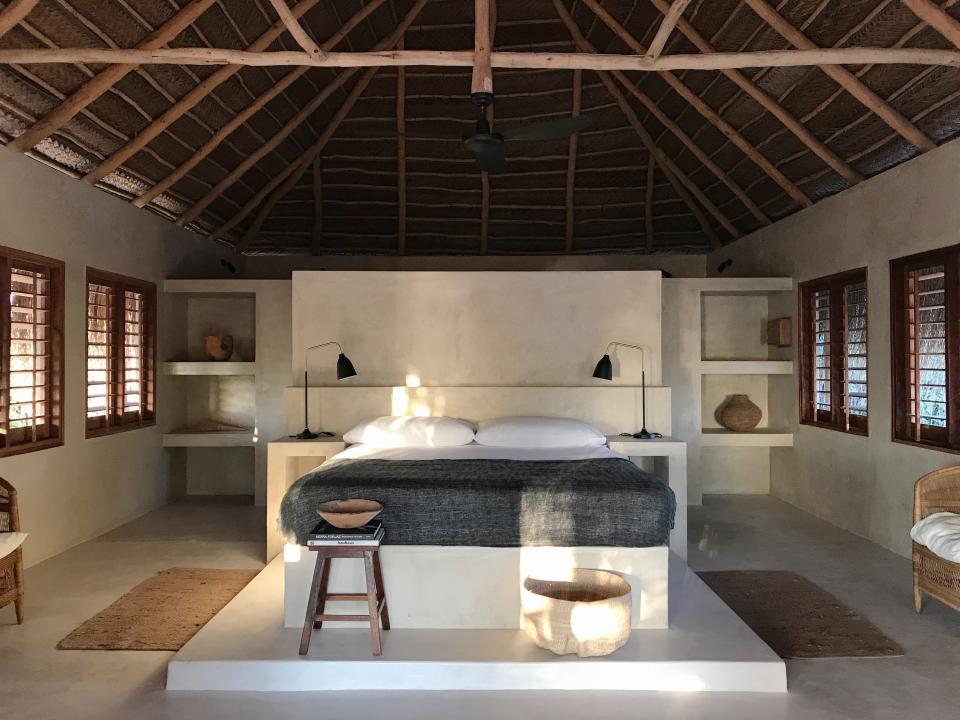
Sussurro, Mozambique: Opened January 2021
Situated on a secluded beach on a saltwater lagoon in Southern Mozambique and run by Sarah Birkett, Sussurro features various beachfront bungalows with indoor and outdoor bathing areas, as well as a library and gallery space, a lap pool, a yoga deck, and a bar and restaurant. Every aspect of the architecture, design, and experience has sustainability on the forefront. “Solar-generated power wasn’t an afterthought, like so many African safari lodges and hotels,” says Birkett. “More than 90% of the residence was built utilizing renewable energy. We began with the sustainable systems at inception.” Vernacular architecture is another way in which Sussurro is fundamentally sustainable. Using only natural and endemic materials native to their ecosystem is a means to preserve heritage craft skills as well. In this spirit, 100% of the materials are sourced and made in Africa. Sussurro’s commitment to protecting the environment is further emphasized through its efforts in their regenerative mangrove reforestation plan, where they plant carbon-rich mangrove seeds in their nursery in order to re-afforest an old salt pan that has been heavily eroded with native mangroves.
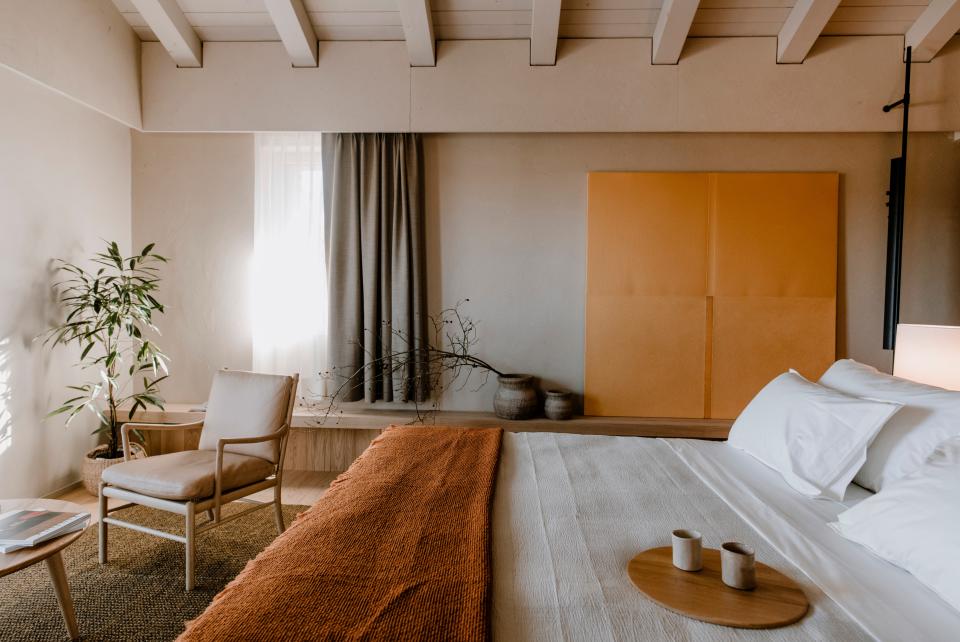
Casa di Langa, Italy: Opening June 2021
The new Casa di Langa in Italy’s Piedmont region is setting a new standard for luxury through sustainability. Situated across 100 acres of working vineyard and rolling hills, the 39-room property features a bar, a restaurant, and a spa, all combining traditional Piedmontese design with sustainable practices. Milan-based design firms GaS Studio and Parisotto + Formenton Architetti, who teamed up on the project, sought to create a property that was luxurious for both the guests and the environment. The team carefully incorporated a sustainable approach to both architecture and design. “Casa di Langa is committed to operating on 100% sustainable energy. That is why we designed the hotel with geothermal heating and cooling, installed solar panels on-site, and pay extra for utility electricity that’s certified renewable,” says Kyle Krause, chairman and CEO of the Krause Group.
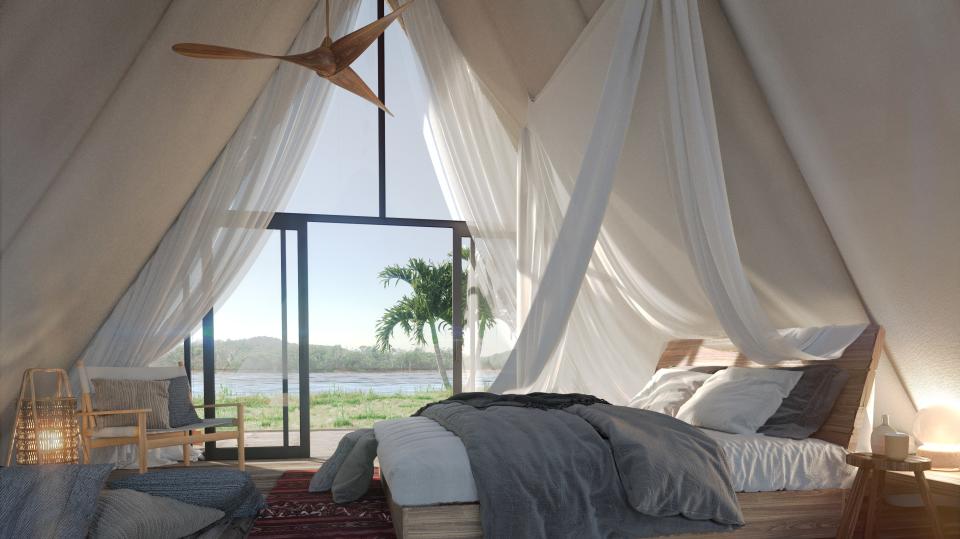
Interior
Courtesy of Habitas BacalarHabitas Bacalar, Mexico: Opening July 2021
Set on Mexico’s Lake Bacalar, Habitas Bacalar is slated to open this July as an eco-sustainable oasis comprising 35 cabanas with lagoon-facing views, a restaurant with an open-air kitchen, and a Mayan spa. Staying true to the brand’s innovative modular build and in an effort to minimize their environmental impact and carbon footprint, the rooms were designed by their local in-house team, which were then delivered and assembled on-site using only sustainable materials. “Biodiversity is another key pillar for the property with architecture that blends with the jungle and Bacalar lagoon,” says cofounder and CEO Oliver Ripley. As the first hospitality group to build on Lake Bacalar, there’s an added responsibility to protect it, so Habitas Bacalar will partner with a local organization to join forces for an environmental and water quality citizen science project that provides sound information for the management and conservation of the lagoon and its unique biodiversity.
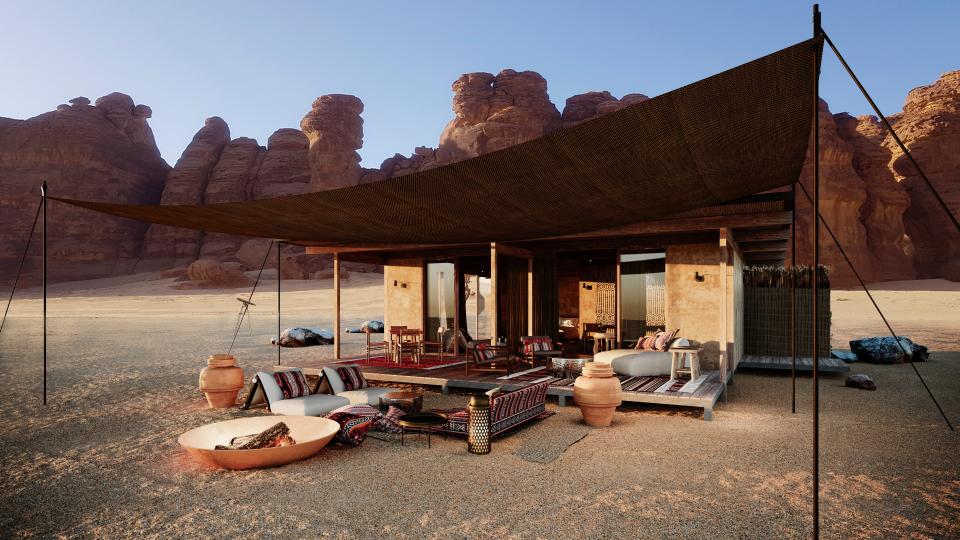
Habitas AlUla, Saudi Arabia: Opening September 2021
While over the past few years AlUla, Saudi Arabia’s isolated and expansive desert region, has been a backdrop for art and music events, Habitas will be the first luxury hotel group to open with an 100-room property, featuring a yoga deck, wellness center, restaurant, and pool. Core to Habitas’s mission is sustainable hospitality. Much like its other properties, Habitas AlUla will be built using a modular construction plan, with organic materials only, and much of the power will be supplied by solar panels. Guests will also contribute to offsetting carbon emissions by using electrical buggies and bicycles that will be provided by Habitas to transport guests around the vast resort grounds.
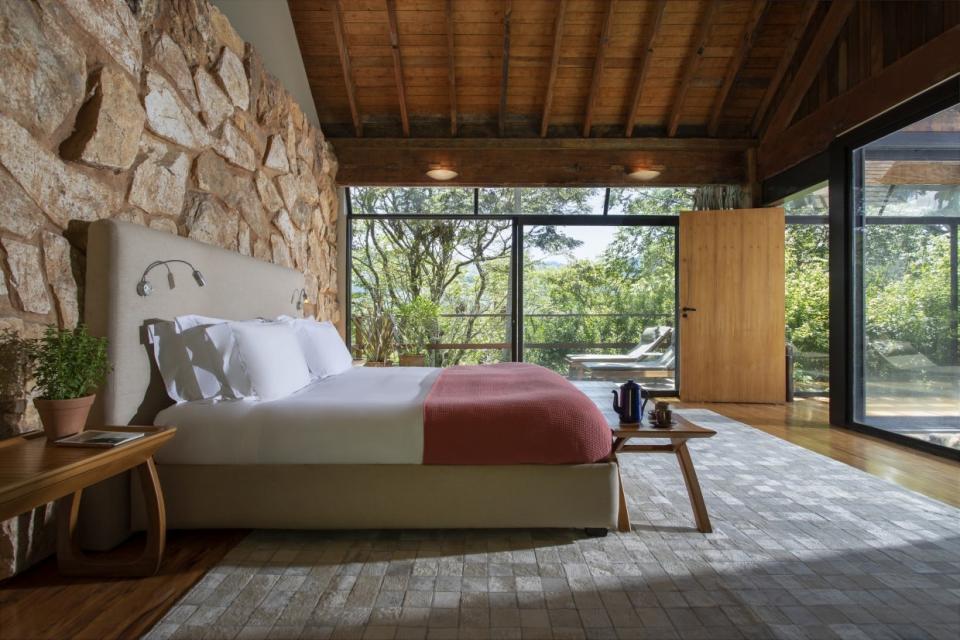
Six Senses Botanique, Brazil: Opened Feb 2021
Easily accessible from São Paulo or Rio de Janeiro, Six Senses Botanique is located in the heart of the lush Mantiqueira Mountains. The property consists of seven suites in the main building and 13 villas scattered throughout the property, all of which are constructed modularly and using only local materials, such as jacaranda wood, natural stone, and chocolate slate. The hotel also features a farm-to-table restaurant and bar, a spa, and an experience center. Additionally, there are seven natural springs on the property providing guests with their own mineral water (avoiding single-use plastics such as bottles) and a treatment station to return clean water back to nature.
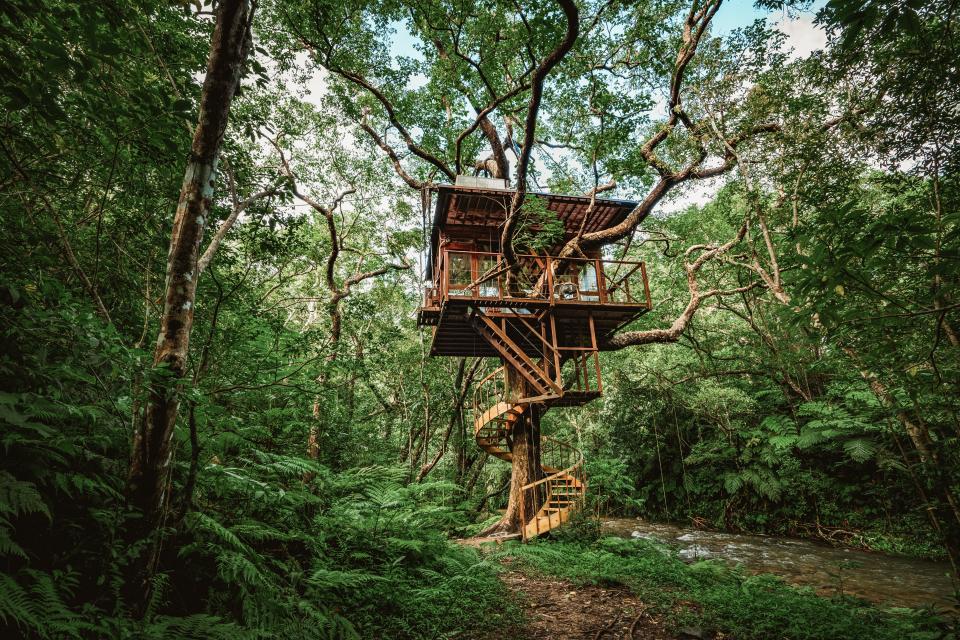
Treeful Treehouse Sustainable Resort, Japan: Opened April 2021
Located in Nago City, in the north of Okinawa island, the Treeful Treehouse Sustainable Resort is the ultimate luxury glamping destination. The property, which is operated exclusively by solar power, consists of four design-forward tree houses along the Genka River. The tree houses feature floor-to-ceiling windows and hammock swings on the outdoor decks for a fully immersive experience, and are made from wood that is 50% carbon. The resort also features the Aerohouse, a communal treehouse consisting of a kitchen, bathrooms, and relaxation rooms, as well as a roof that will be covered with solar panels. The father-daughter team behind Treeful Treehouse have also been focusing on ways to help the local community, like rebuilding a watermill at the Shizogumui waterfall that had been destroyed over a century ago.
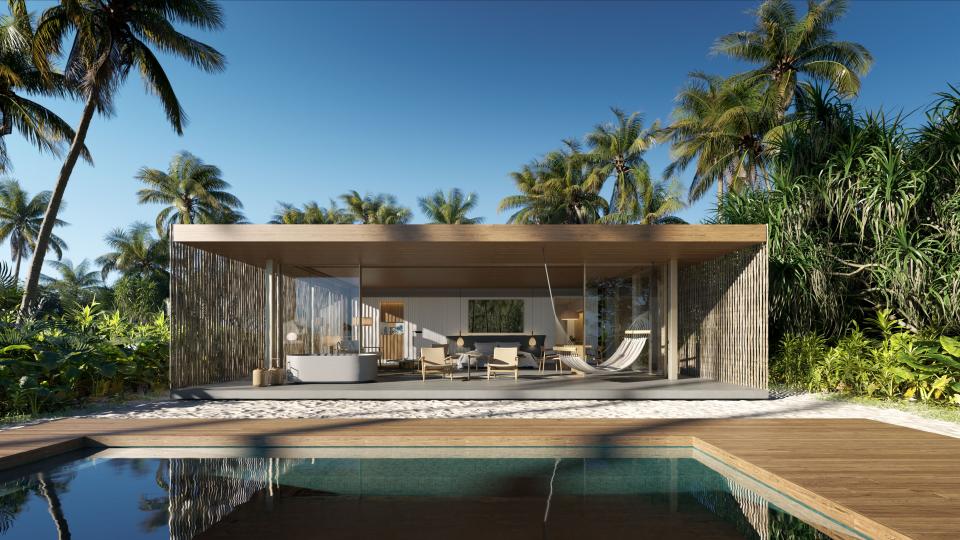
Blackhaus - Mk27 Maldivas Patina
Courtesy of CapellaPatina Maldives, Fari Islands: May 2021
From Capella Hotel Group, Patina Maldives, in the Fari Islands, designed by renowned Brazilian architect Marcio Kogan of Studio MK27, will open with 90 beach and water villas and 20 studios, built using natural and renewable materials. Along with the property being powered by solar energy, used water is preserved, filtered, and recycled as irrigation. As coral reefs play a big role in the local community and ecosystem, the Patina Maldives team is also investing in its younger travelers by offering free diving lessons to kids in order to encourage next-generation respect for the environment.
Originally Appeared on Architectural Digest

